‘Miserable’: Top architect skewers poorly designed and built new homes that have become commonplace in Australia
A top architect has taken aim at new home’s “poor standard of design and construction” – the style of which is so common you’ll find identical ones everywhere.
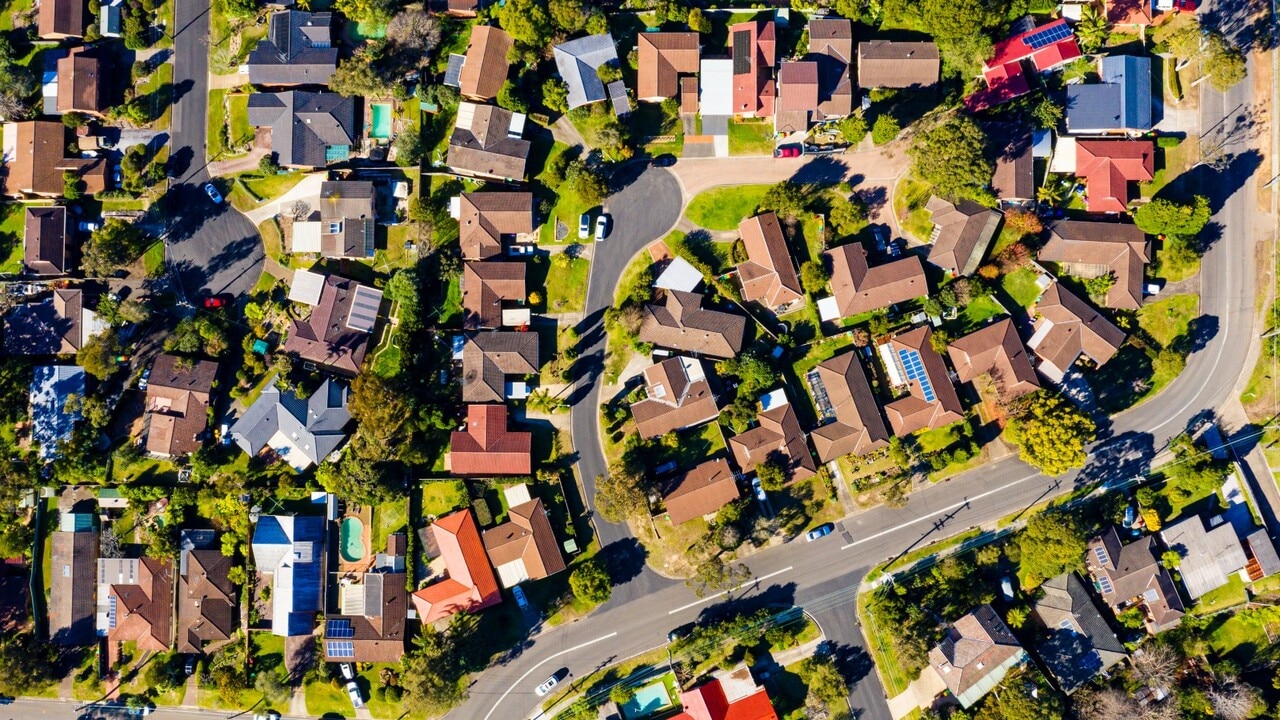
News
Don't miss out on the headlines from News. Followed categories will be added to My News.
An image of a “miserable” brand-new home built in Sydney’s western suburbs has gone viral on social media, after the architect who shared it posed a simple but poignant question.
“Why have we got the most expensive houses in the world, tied to an obsession with real estate, yet with such a poor standard of design and construction?” Philip Thalis, director of the firm Hill Thalis Architecture and Urban Projects, posed.
The property in question is in Campbelltown in a newly built estate, but Mr Thalis, who is also a professor of architecture practice at UNSW, said you’ll find countless others just like it.
“It could be anywhere,” he told news.com.au. “Western Sydney and in the northwest, they’re all the same. It’s depressing.”
And his criticism of the house is about more than its aesthetics and has nothing to do with where it sits on the scale of luxury.
“Mass housing has to be economical. Let’s leave aside mansions – just well-built, durable and environmentally attuned housing. We aren’t getting that in Australia.”
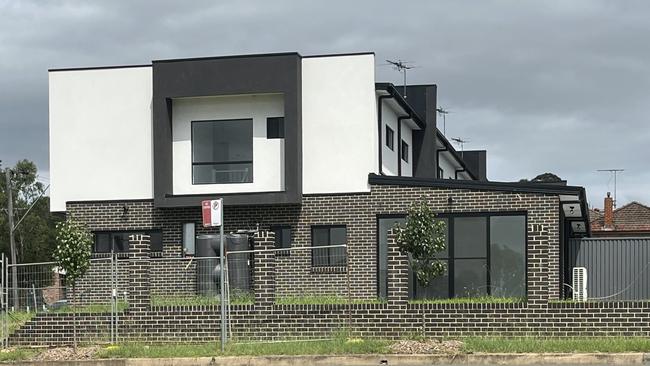
MORE: Countries that will pay Aussies $140k to move there
Assessing the merit of the particular house he photographed, Mr Thalis said there was a lot wrong.
“It’s a mishmash of poor, cheap materials that are uncoordinated. There’s a lack of basic environmental design.
“That’s a west facade. You want to be shading the western side. You don’t want a black brick, you don’t want a black roof.
“This has a sealed window facing west that’s totally unprotected.
“On the first floor, perhaps they wanted to minimise the cost of scaffolding for brick veneer, so they’ve used a lightweight material. Then they’ve probably thought it looked boring, so they’ve chucked materials at it – that black frame.”
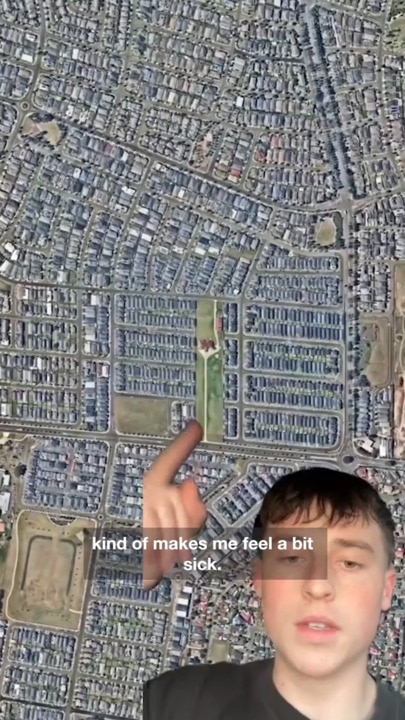
MORE: Where the population has boomed most and why
Poor design choices are seeing builders mix “four or five materials” together instead of just picking two and doing them well, he said.
“It’s just chucking stuff at it. And you just know two of those materials will fall off,” he said. “It’s a maintenance nightmare for owners.”
And it’s clear there’s not much of a backyard, which is a common scenario in most new builds these days – many of which would have a smaller patch of grass than an old townhouse.
“I don’t want to signal this one house. It’s a broad problem that you see everywhere. I could share 1000s of these images.”
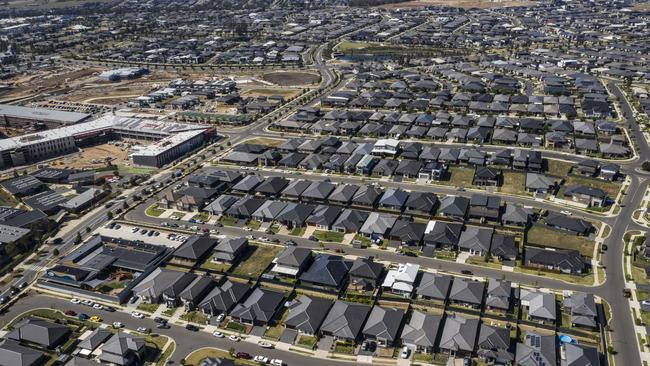
Poor design and cheap construction aren’t new phenomena, especially in a city like Sydney, with historic examples of shoddy practice.
“I’m a bit more realistic about the terrace house,” he said.
“Most were jerry-built, just like the project homes of today. They don’t have damp-proofing, they notoriously leak, there’s no clearance under the floor – all these sorts of technical construction matters that they do rather poorly.
“But they do make for good lively streets. Contemporary mass-produced housing does not.”
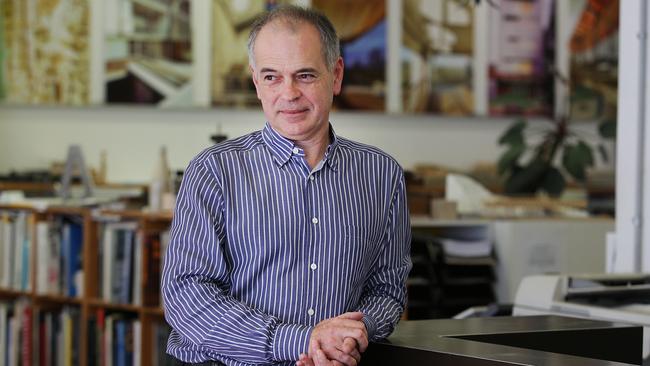
These types of undesirable homes have become so common for a few reasons, Mr Thalis said, beginning with buyers have few choices and facing immense cost pressures.
Another important factor is that the style and design of “dismal” housing estates is heavily dictated by the car.
Australians still love a big house with several bedrooms, multiple bathrooms, expansive living areas and other fashionable mod cons, like a media room.
But the size of blocks has shrunk rapidly over the past few decades, as developers seek to grow profits by squeezing more sites into a project.
As a result, neighbourhoods now are “much denser than they were in the 1970s and 80s” and lack a lot of amenity, Mr Thalis said.
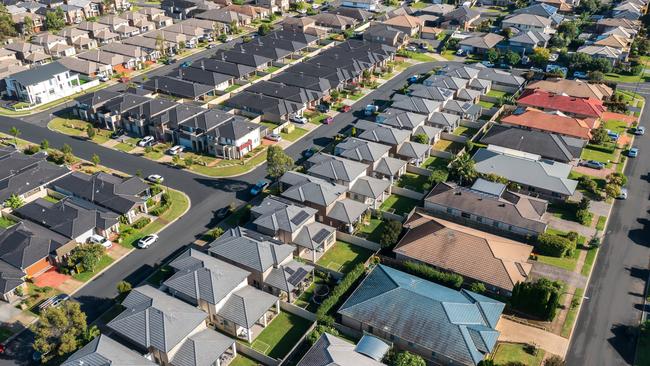
On top of that, there are no landscape controls built into planning regulations, which he said is a “fundamental problem” – especially in ultra-hot Western Sydney.
“People aren’t operating their houses as they used to before airconditioning. If you design a house well, most of the time in our climate, it can be quite liveable. You need to have vents, open windows, eaves and verandas.”
Houses also need gardens that are sufficiently sized to allow trees to grow to maturity and provide shade, but that’s rarely found.
“We have to change our rules, the way we build, our economy of building, and our aspirations,” he said.
As Australia grapples with a crippling housing crisis, the response adopted by governments is to dramatically boost supply – and to overhaul planning restrictions as part of it, to cut red tape, boost efficiencies, and get projects going.
But Mr Thalis said viewing planning reform is the solution is a “simplistic” answer to a complex question.
“We do need great planning reform, but it’s actually the mismatch of regulations past planning – and a lack of care – that needs to be addressed.
“There are three problem areas. The issue of regulations is too complicated for people to discuss. We need to fix all components of the issue, not just one.”
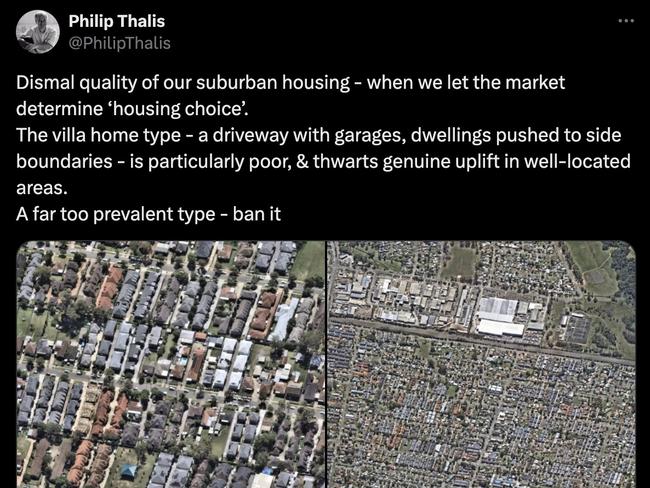
Plenty agreed with Mr Thalis, flooding the comments of the X post to share their two cents.
One wrote: Since the ’70s, we ditched solid brick for brick veneer, then got rid of eaves — because who needs shade, right? Now we have ovens for homes, cranking up the A/C.
“We need real passive energy standards, so houses generate way more power than they use — enough to run your fridge, charge your car, and maybe even power your neighbour’s place (for a small fee, of course).”
Others took exception to the home’s aesthetics, with one calling it “so depressing” and another declaring “it just looks terrible”.
One made a point of the stark contrast between the types of homes we’re building and what the rest of the world does.
“Anyone who visits Europe should observe the absolute quality of construction and construction materials. Australia has probably one of the lowest standards of both of these in the modern world yet has some of the highest cost constructions.”
Another agreed, saying the materials used in Aussie homes aren’t made here, but imported because of the way the housing market has been “over-financialised”.
“We import the cheapest, lowest quality building materials because … this is the only way we can construct houses within budget to keep them affordable, within a mortgage repayment range.”
Originally published as ‘Miserable’: Top architect skewers poorly designed and built new homes that have become commonplace in Australia





